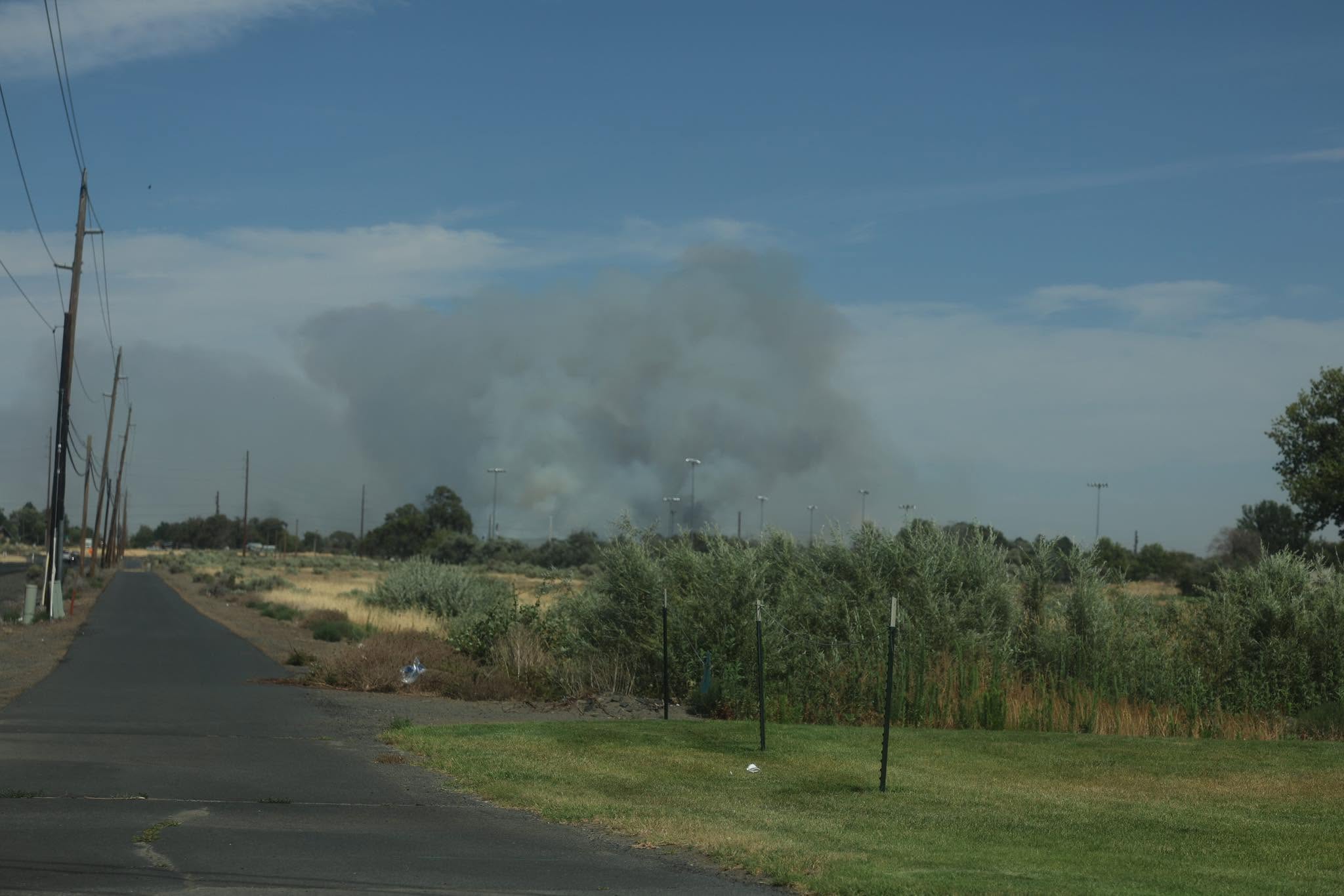Eye to the sky: How does the National Weather Service advertise flooding concerns?
Published 7:00 am Thursday, April 20, 2023

- Evans
Spring is here, and with it comes warmer temperatures and higher snow levels.
Our white-topped mountains will begin to fade away, and before long, the weather will welcome outdoor activities for more than just a brief warm spell. But spring always brings us concerns with rising rivers and streams, as whenever rain falls on mountain snow, the rain has trouble reaching and percolating into the ground, causing it to run off directly into our valleys.
This generally isn’t a concern so long as our transition from winter to springlike temperatures is gradual, but a sudden warm surge paired with heavy mountain rain can create significant flooding concerns, as the region saw back in February 2020.
Should flooding ever become a concern, the National Weather Service has many means to advertise the flooding potential for any given area. The variety of headlines we use to advertise flooding concerns are meant to capture the magnitude and duration of potential flooding so that the public and our core partners can make proper preparations should a significant flooding threat arise.
Here at the office, we start by monitoring the potential for prolonged or heavy rain events that may occur where snowpack is present. Again, most concerns are centered around whenever a sudden surge in temperatures coincides with an impactful rain event. Should we anticipate such an event, we may issue a Hydrologic Outlook to broadly advertise the potential for flooding concerns or gradual stream/river rises over the next several days.
Monitoring the potential for flooding is based heavily on river/stream height forecasts that actually come from our partners at the River Forecast Center in Portland. At times, we may coordinate with forecasters at the RFC to make sure our thoughts on the weather forecast align.
If several streams and rivers in an area look like they may reach or exceed flood stage, we may issue a flood watch for that area. Once flood stage has been reached, then a flood warning becomes necessary. Should rivers/streams become flooded over a longer time period, but there isn’t a severe threat to life or property, a flood advisory may be issued to make the public aware.
Other than our more long-ranged flood products mentioned above, there also are more short-term concerns such as flash flooding. Here in Eastern Oregon, this is primarily a concern whenever a thunderstorm travels over a burn scar, or when several heavy showers track over an area over a short period of time, otherwise known as “training thunderstorms.” Whenever we see this occur, we issue a flash flood warning, as people living in low-lying areas or out and about along river valleys may find themselves in a precarious situation should a heavy shower or thunderstorm dump enough rain over an area.
We have many headlines we use at the Weather Service to warn the public about potential flooding concerns, mostly because flooding takes many shapes and forms. In an area with complex terrain such as eastern Oregon, flooding could mean anything from a single road being inundated to entire towns being submerged.
Before dry weather prevails over the summer, it’s always best to check the forecast to monitor potential flooding threats, especially if you live in an area that’s prone to flooding.
Looking ahead, we have above-average snowpack in the mountains after a particularly wet winter, so hopefully, we steer clear of any heavy rain on snow events before summertime comes around.









